|
I had spoken on the phone to the owner of this horse prior to arriving and I was prepared to deal with a foundered horse, but I wasn't aware of the severity. This horse has been under veterinary care and was seen by the farrier every 4 weeks for the last few months. There are also underlying PPID and IR issues. This horse has been very lame for the last year. The only radiographs I had to work with were from 6 months previous. They show significant sinking and rotation, but I suspect the damage is even worse judging by the current state of the hooves. Current radiographs would be extremely helpful, but in this case they are not available. While this trim seems fairly drastic, I am sure I could have done more if I had current x-rays. This was a step in the right direction to restore function and set up the new growth for coming in. The owner purchased Easyboot Clouds to keep this horse comfortable moving forward and we plan to trim every 3 weeks to start. In the pictures above you can see the huge lamellar wedge. There is so much separation in this hoof wall. I also tried not to touch the sole at all, what I did trim on the bottom was the overlaid bars and overgrown frog. I also tried to lower the heels to realign the bottom of the coffin bone. This horse has very thick bone, and will naturally have a slightly longer heel then the average 1.25 inches because of that. From a metabolic standpoint this horse is on low sugar hay in slow feed nets placed around her paddock to increase movement, I also suggested adding biotin to her diet to help with hoof growth, and rechecking her ACTH levels to make sure her Pergolide dosage for her PPID is effective. I will update this case study with more picutres next time I see her.
|
AuthorKristi Luehr is a barefoot trimmer/farrier, author, and founder of the Okanagan School of Natural Hoof Care. She is certified by the Canadian Farrier School as well as the Oregon School of Natural Hoof Care, and also has certification in equine massage and dentistry. Her focus is to educate owners about hoof anatomy, function and proper barefoot trimming that supports and grows healthy and functional hooves specific to each horse's individual needs. She is the author of three online courses specific to hoof care and is always striving to create more educational content for students to learn from. Archives
May 2024
|

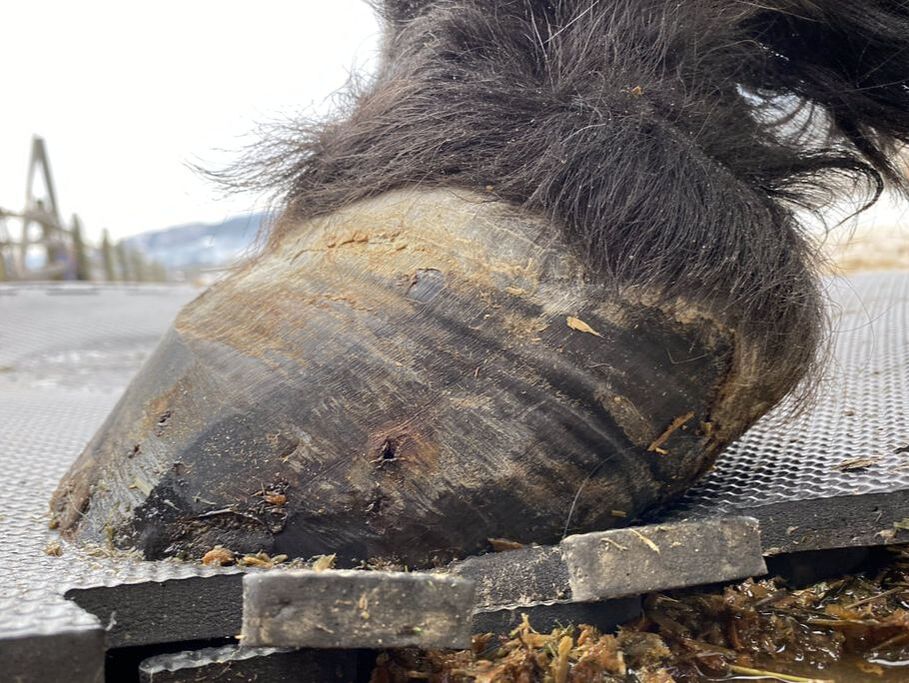
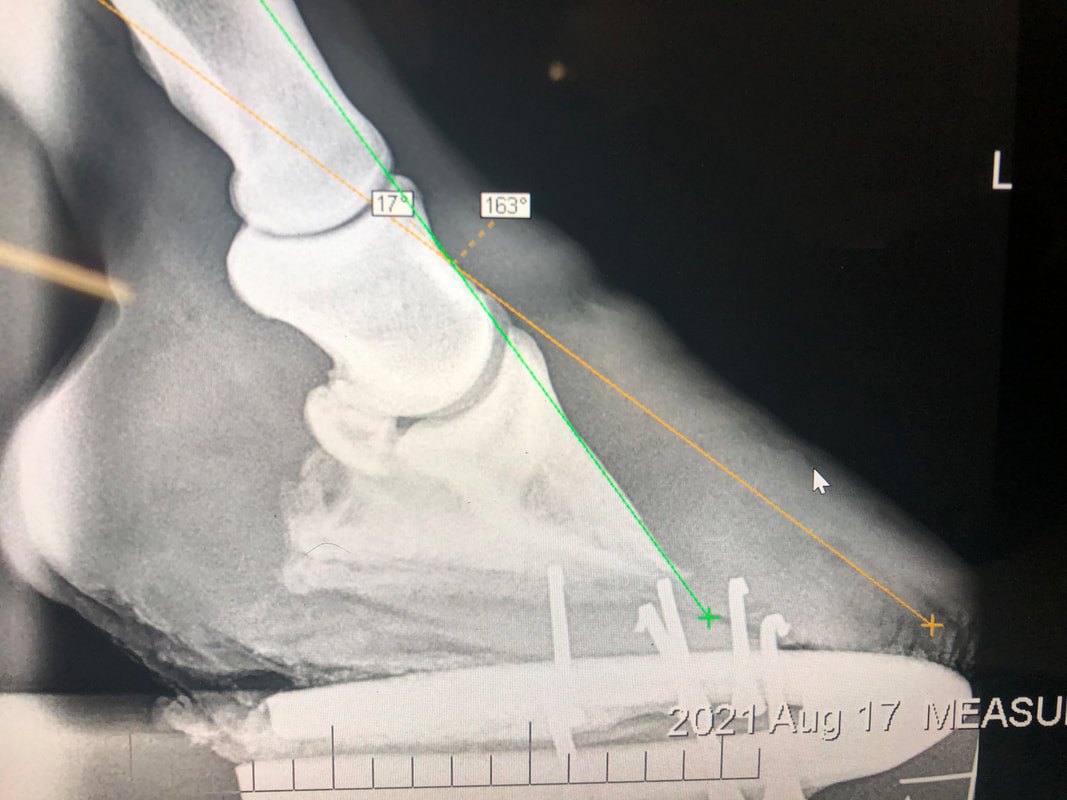
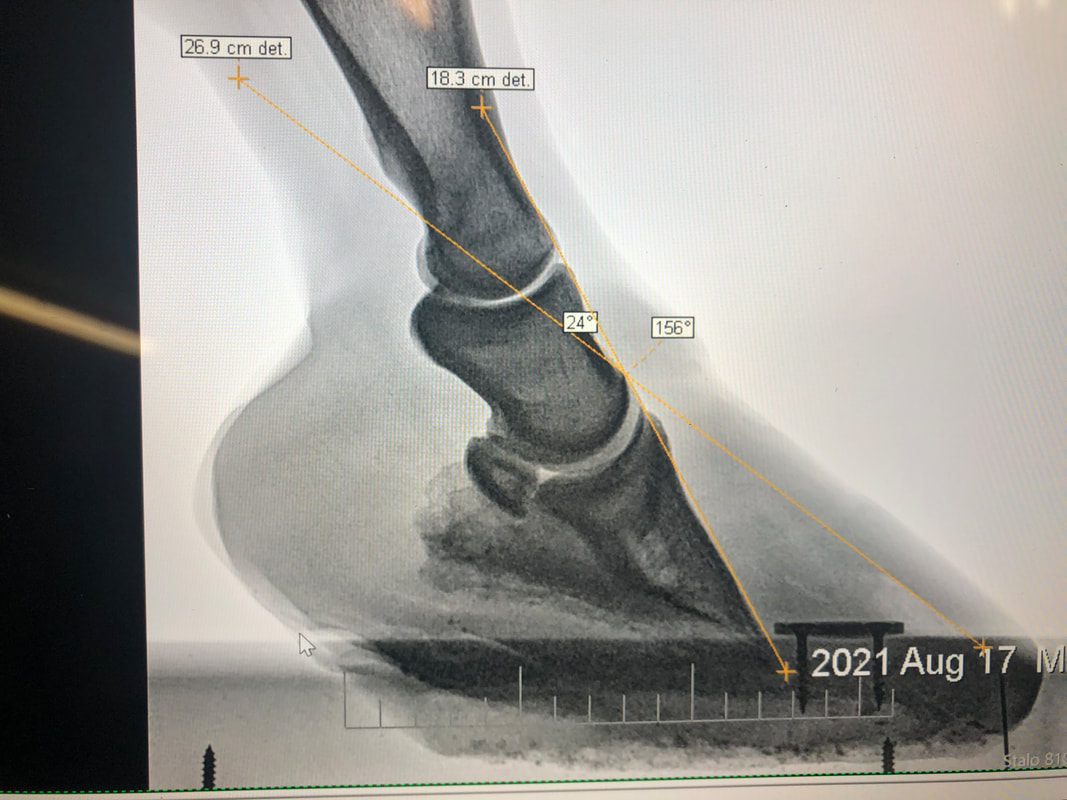

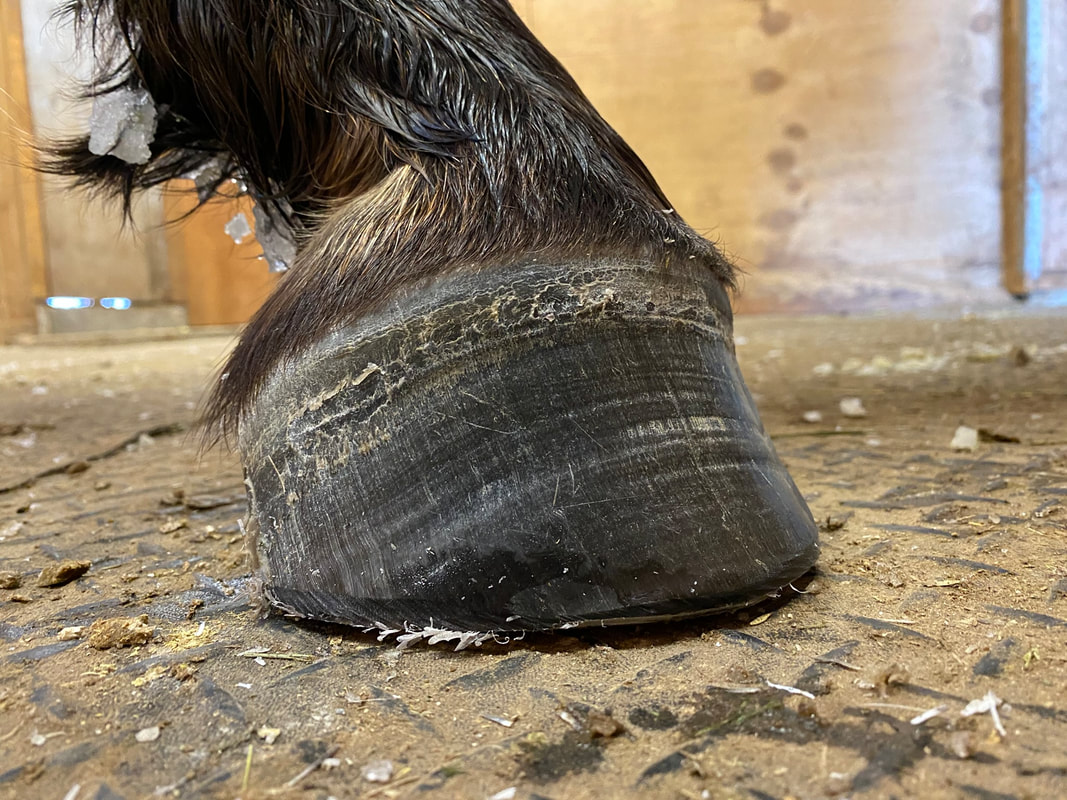
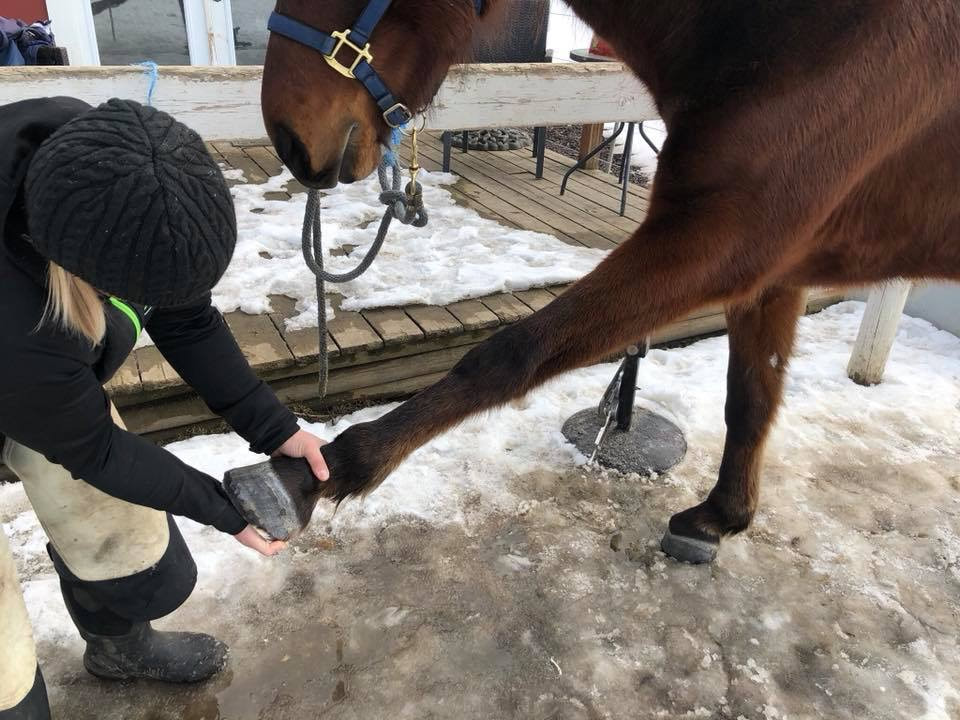
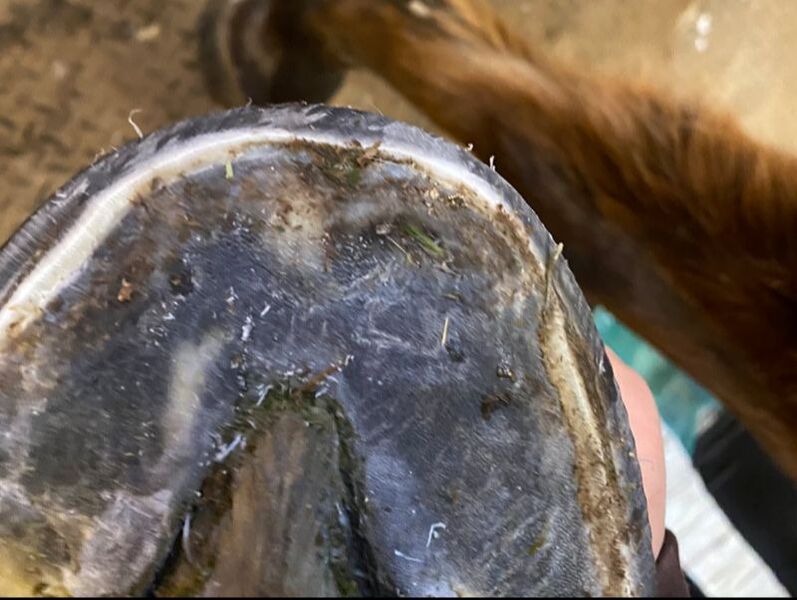
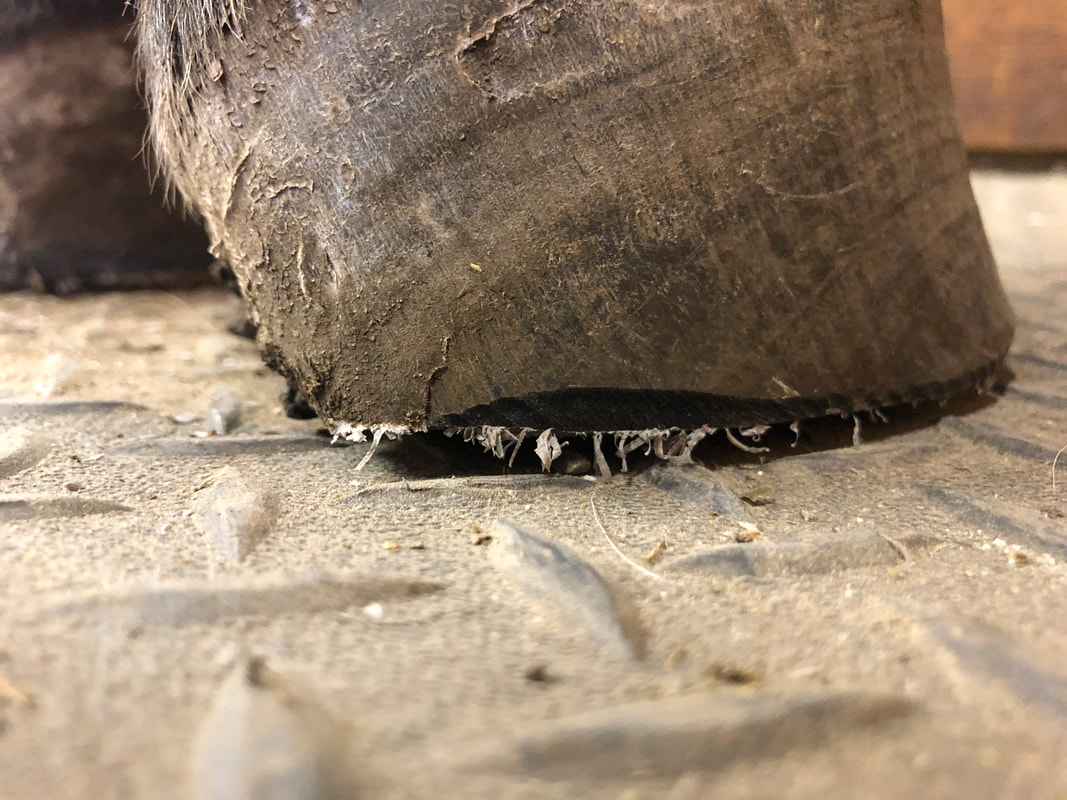

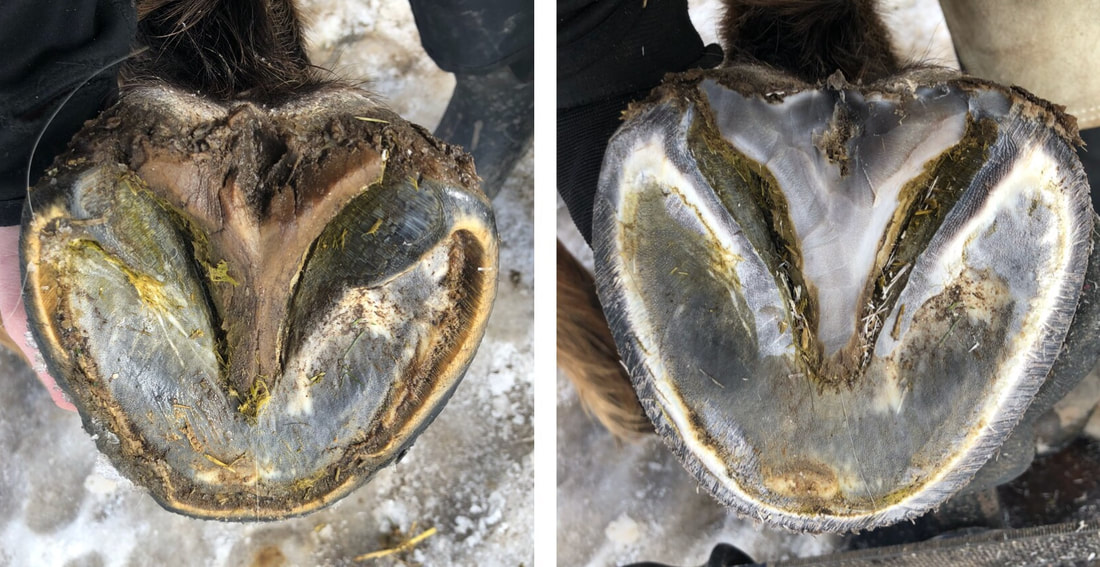
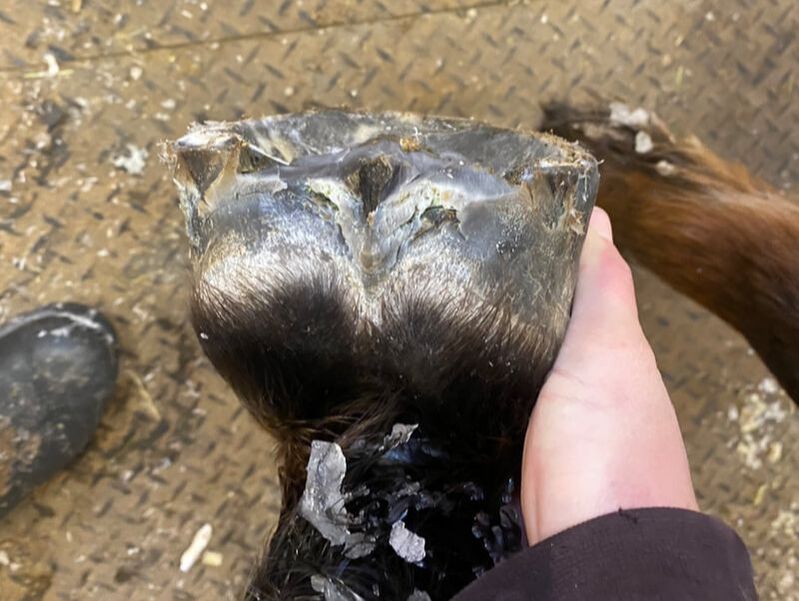
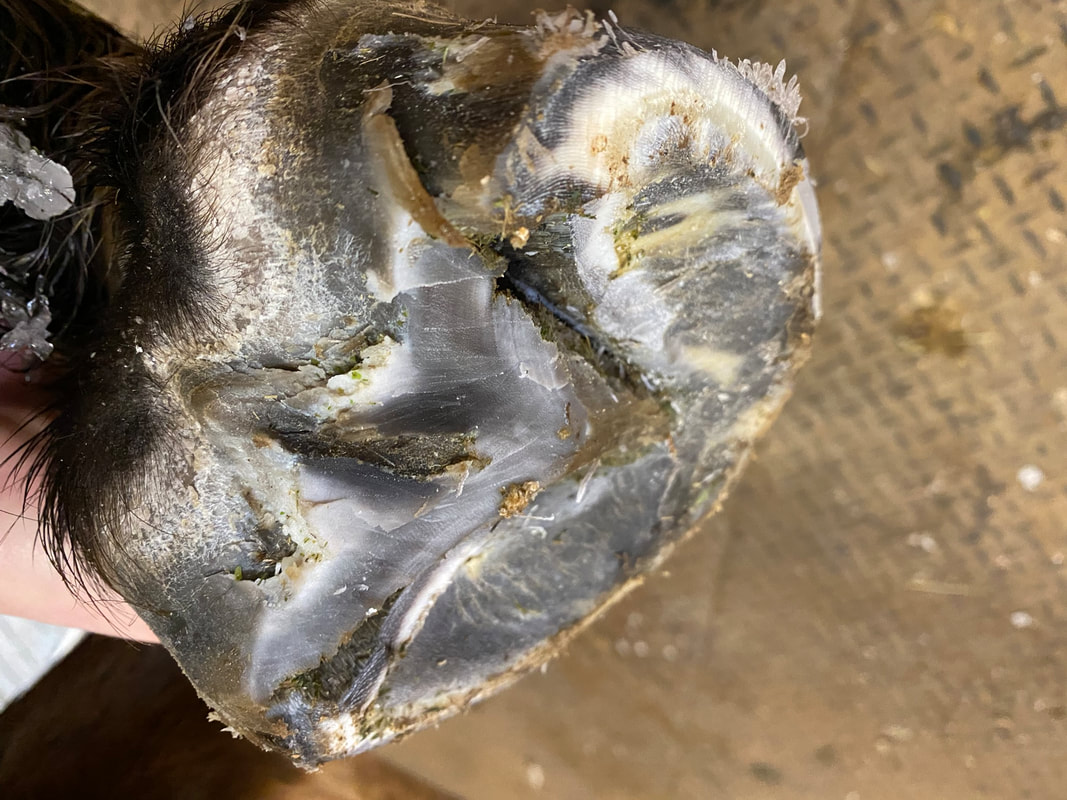

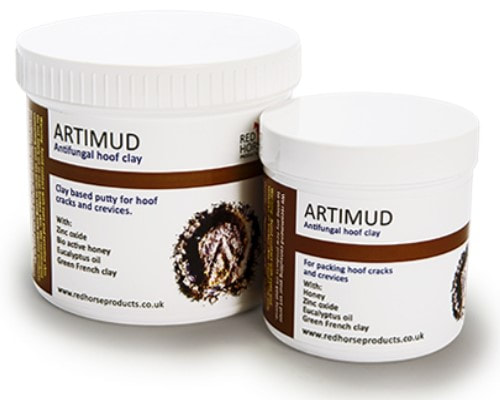
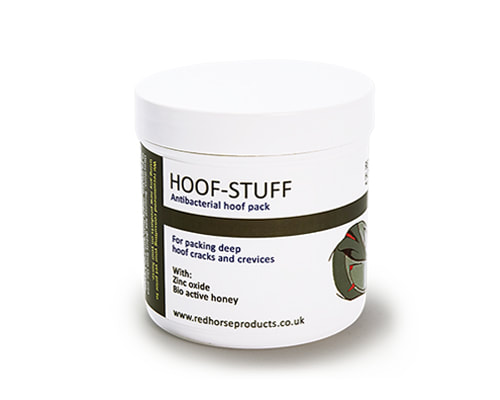
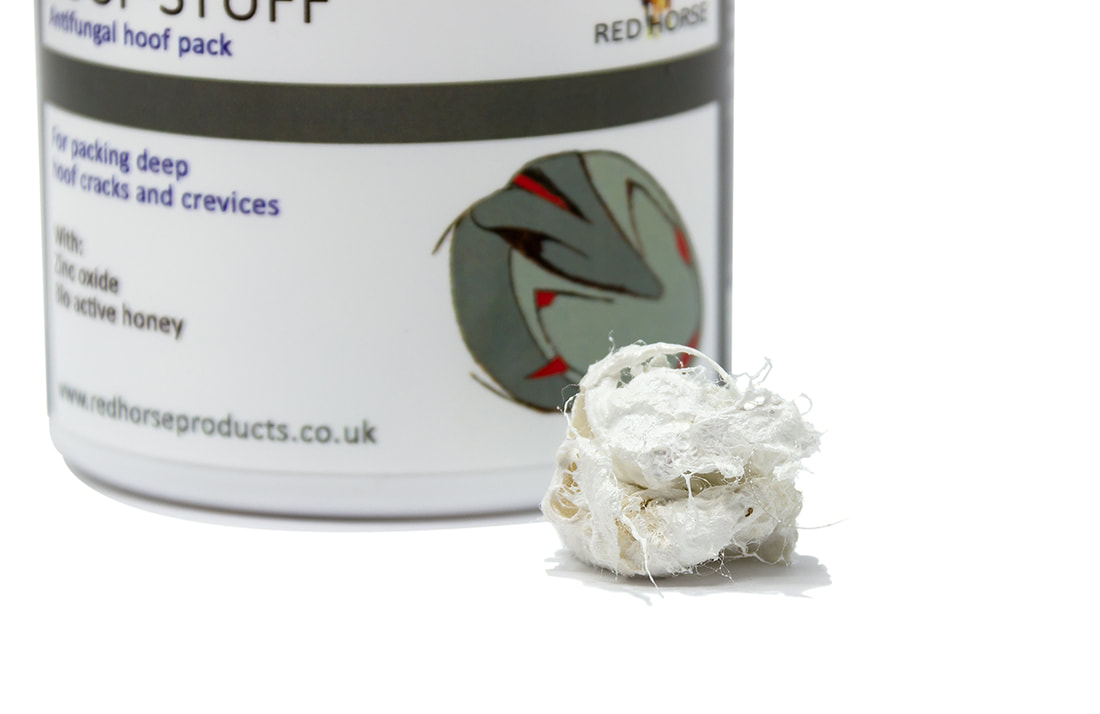

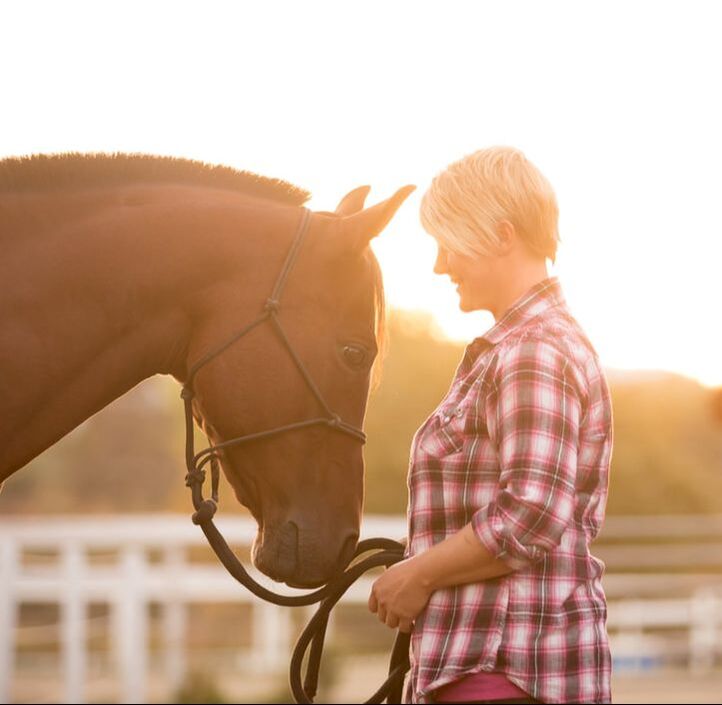
 RSS Feed
RSS Feed
